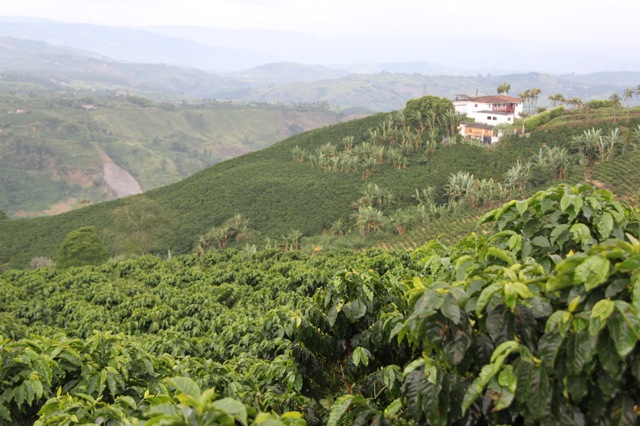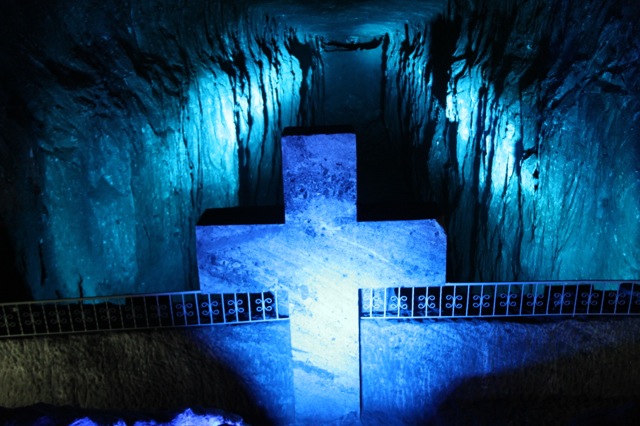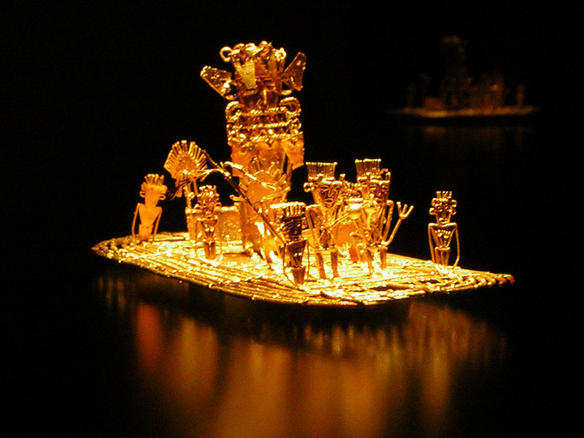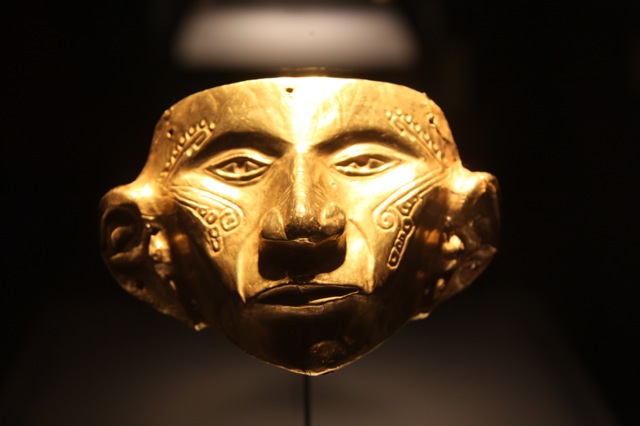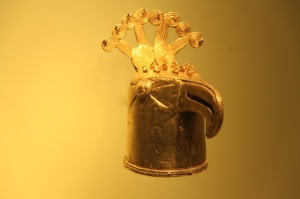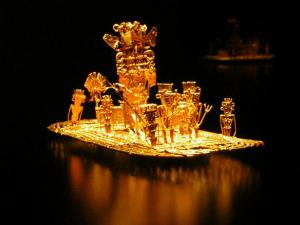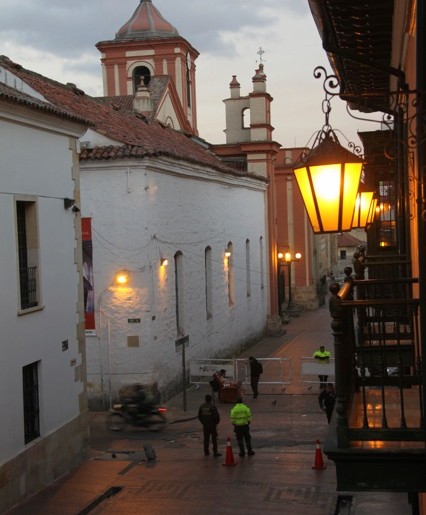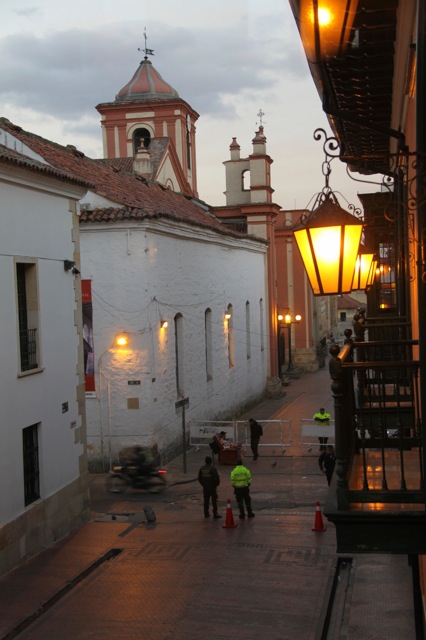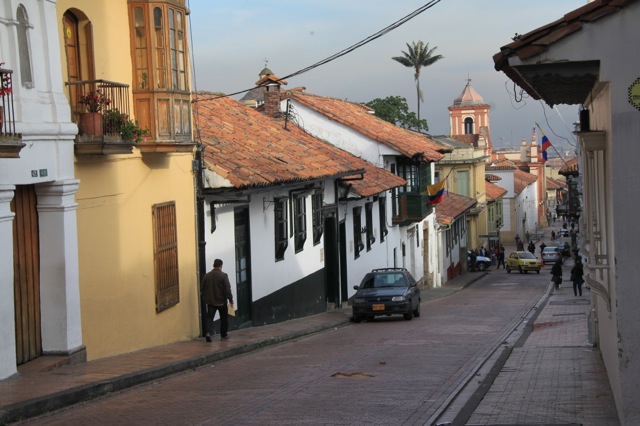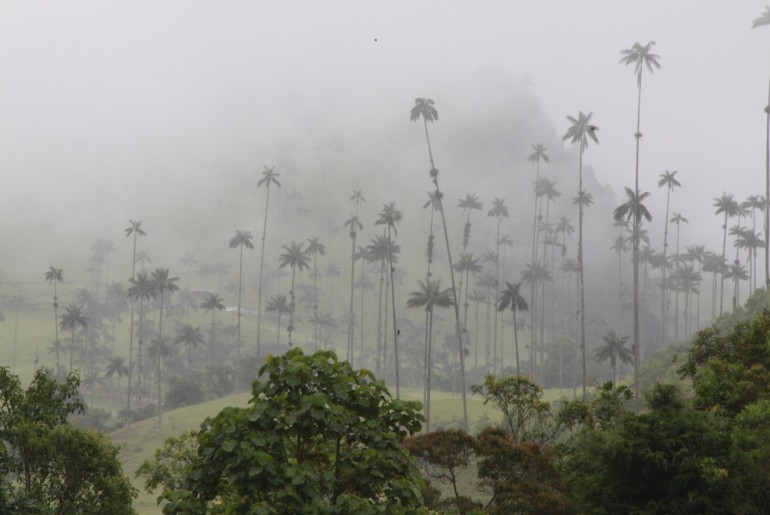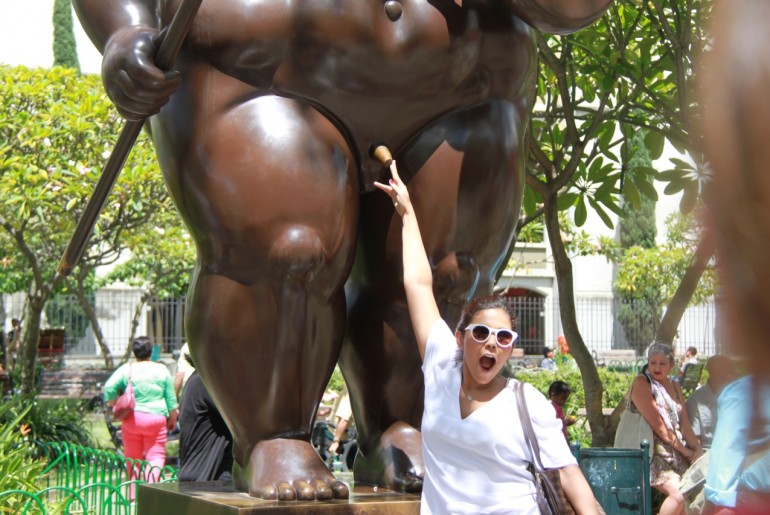 In Colombia coffee is king. For decades it has driven the country’s economy through exports of its top grade Arabica beans. But increasingly it is also important to
In Colombia coffee is king. For decades it has driven the country’s economy through exports of its top grade Arabica beans. But increasingly it is also important to tourism as visitors flock to the beautiful key coffee growing area, now designated a UNESCO world heritage landscape with the lush green foliage, angular geometric contours and quaint historical villages. So it comes as something of a shock when travelling throughout Colombia to hear a constant litany of complaints about the brew served up in many of the cafes and hotels. Happily, all that is changing. Driven by the increasing influx of visitors who are used to drinking perfecto Colombian when at home, and the number of South Americans travelling overseas and finding out what heavenly cups of coffee are available, a western coffee culture is developing.
tourism as visitors flock to the beautiful key coffee growing area, now designated a UNESCO world heritage landscape with the lush green foliage, angular geometric contours and quaint historical villages. So it comes as something of a shock when travelling throughout Colombia to hear a constant litany of complaints about the brew served up in many of the cafes and hotels. Happily, all that is changing. Driven by the increasing influx of visitors who are used to drinking perfecto Colombian when at home, and the number of South Americans travelling overseas and finding out what heavenly cups of coffee are available, a western coffee culture is developing.
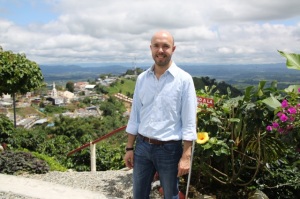 Pereira is right at the heart of the main coffee “triangle” made up of the cities of Cali, Medellin and Bogota. Once off the main highways, the whole vast area is a network of narrow switchback roads that offer staggering views at every turn; neat rows of coffee stretching off into the distance and beautiful little villages like Salento, Armenia, Palestina, Filandia and Chinchina. Although there are some magnificent Haciendas with vast
Pereira is right at the heart of the main coffee “triangle” made up of the cities of Cali, Medellin and Bogota. Once off the main highways, the whole vast area is a network of narrow switchback roads that offer staggering views at every turn; neat rows of coffee stretching off into the distance and beautiful little villages like Salento, Armenia, Palestina, Filandia and Chinchina. Although there are some magnificent Haciendas with vast
